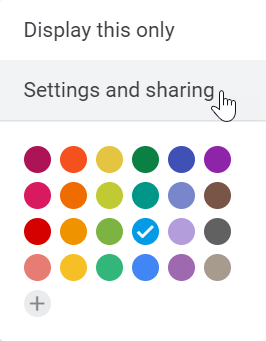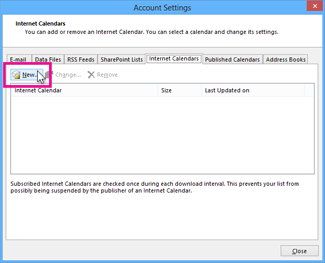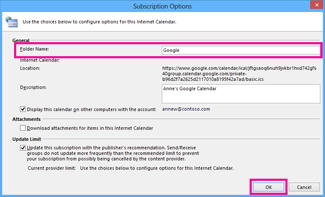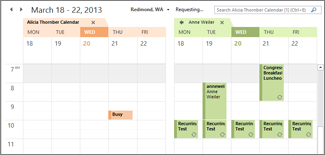
By importing a snapshot of your Google calendar into Outlook, you can see it alongside other calendars in the Outlook Calendar View. To keep the imported calendar up-to-date, subscribe to the Google Calendar in Outlook. If you don’t, the only way to update it will be to import another, more current snapshot. If you don't plan to use Google Calendar anymore but want to keep your events, you can import your Google Calendar to Outlook so all of your appointments are integrated into one Outlook calendar view.
Select a tab option below for the version of Outlook you're using. What version of Outlook do I have?
Note: If the steps under this New Outlook tab don't work, you may not be using new Outlook for Windows yet. Select Classic Outlook and follow those steps instead.


Select Settings and sharing, scroll down to Integrate Calendar, and in the Secret address in iCal format box, select the
Copy to clipboard button:

An Internet Calendar (iCal) Subscription keeps your Outlook copy of your Google Calendar up-to-date.


Near the bottom of the page, under Integrate Calendar, locate the Secret address in iCal format box, then select the

Copy to clipboard button.

Paste the address you copied in step 3, by pressing Ctrl+V, then click Add.

In the Folder Name box, type the name of the calendar as you want it to appear in Outlook, and then click OK.
When you start Outlook, it checks Google Calendar for updates and downloads any changes. While is Outlook open, it also periodically checks for and downloads updates. (Google Calendar tells Outlook how often to check for updates.)
Note: Changes you make in Outlook aren’t sent to your Google Calendar. To update your Google calendar, open Google Calendar from a browser.
Important: The imported calendar is a static snapshot; it does not self-update. To update it, you need to subscribe to it (as described above) or repeat this procedure later to import a copy of the most current version of your calendar in Google Calendar.


Here are some other things you can to do to get set up with Outlook:
To learn more about using Microsoft 365, see the Office 365 Learning Center.